Midway in the Atlantic Ocean, some 950 miles west of Lisbon lies the Azores, an archipelago of nine remote volcanic islands. The northernmost of the Macronesian Archapelagos, the Azores islands — known officially as the Autonomous Region of the Azores — is a strategically vital maritime base for Portugal and its allies. Discovered and settled by the Portuguese in the early 15th century, the islands still hold a special place in transatlantic history — and today the archipelago continues to serve as a testament to the longstanding relationship between the United States and Portugal.
230 Years of Luso-American Diplomacy
During the American Revolutionary War, the Azores islands were a key junction point for American emissaries making their way to continental Europe to secure diplomatic support for U.S. independence. As the first neutral nation to recognize U.S. sovereignty, Portugal received the first American vice-consul to the Azores in 1790, and five years later the first consulate was officially established on July 7, 1795.
To commemorate 230 years of diplomatic relations, Fundação Luso-Americana para o Desenvolvimento (FLAD) held a Sister Cities Summit which brought together municipalities and leaders from across Portugal and the United States to deepen the connections created by centuries of engagement. “President Washington recognized the strategic value of a strong relationship with Portugal and the people of the Azores, and that continues today,” said Douglas Koneff, Chargé d’Affiars of the U.S. Mission to Portugal during a panel hosted by FLAD in Ponta Delgada.
As America’s oldest, continuously-operating consulate, this diplomatic post has been at the center of many key moments in world history, including the first transatlantic flight in 1919, the establishment of Allied operations at Lajes Field during WWII, and ongoing cooperation among NATO members. The Azores, as more than just a diplomatic bridge, is also a centerpoint of Portugal’s diaspora to North America, where it links Azoreans to US communities across the Atlantic. “As diplomats, we often talk a lot about the work our embassies and consulates do, and I'm very proud of it. But in the United States and Portugal, so much of what brings us together happens at the local level,” shared Koneff.
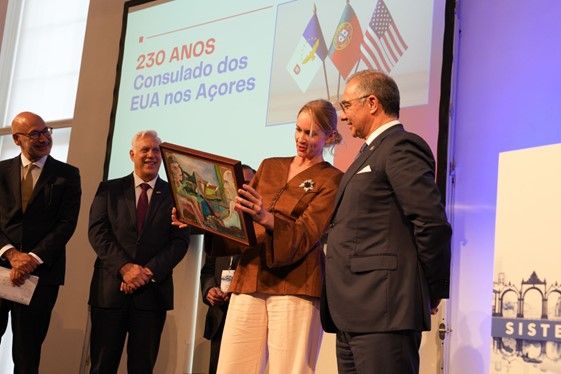
The Portuguese Diasapora and the Azores
The local connections between the Azores and the U.S. stretch back to the 1820s when Portuguese men were recruited for work on American whaling ships that were based in Nantucket, Cape Cod and New Bedford. Settling in New England’s coastal cities, the first waves of Portuguese immigrants seeking better lives found refuge in communities that shared a similar connection with the sea. In California, where agricultural opportunities drove immigration, Azoreans continued to settle in the States at the beginning of the 20th century. After the devastating Capelinhos volcanic eruption of 1958, and the subsequent Azorean Refugee Act sponsored by then Massachusetts Senator John F. Kennedy, a second wave of Azoreans arrived in the U.S., many of whom made their home in California’s Central Valley.
While there were scattered Portuguese communities in the American colonies during the 17th and 18th centuries, significant immigration began in the 1820s, with larger-scale immigration reached by the 1870s.
Portuguese islanders were also arriving in Hawaii at the turn of the century, making the perilous sea voyage from the North Atlantic to the North Pacific, bringing with them belongings and traditions like the ukulele and malasadas pastries as many sought contracted work on sugar plantations. “Being here, where it all started, it really feels in a sense very similar to back at home,” said Mayor of Kaua’i Derek Kawakami at the gathering in Ponta Delgada. “So I can understand that 150 years ago, how frightening it must be for those first generation immigrants to come all the way across Hawaii to work in the sugar industry. But I have to imagine that there was a sense of familiarity because the climates are very much the same.”
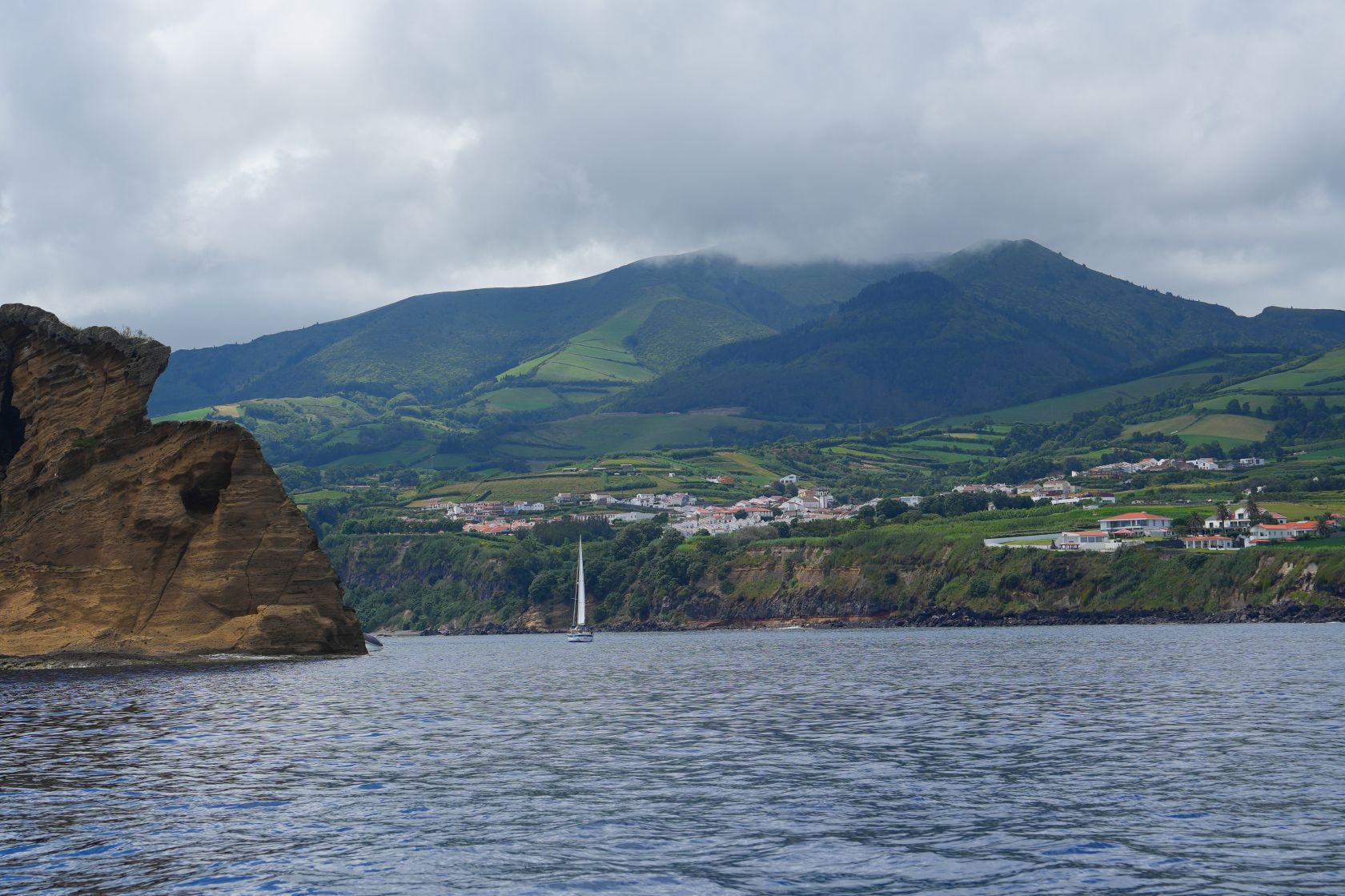
Deep Cultural Roots that Connect Sister Cities
Despite making up a small percentage of the Portuguese population, Azoreans accounted for the overwhelming majority of the immigrants who moved to the United States, making their cultural impact especially rich. Today, about 1.3 million Portuguese descendants and immigrants live in the U.S., and their enduring traditions provide the foundation for connections between sister cities.
Portugal has 57 sister city relationships with the United States, 37 of which are based in the Azores. Bridging diasporic communities, they bind together cities that often share other common characteristics at the economic, environmental and institutional levels. The oldest such relationship dating back to 1966 is between Angra de Heroísmo located on the Island of Terceira and the CIty of Tulare located in California’s San Joaquin Valley.
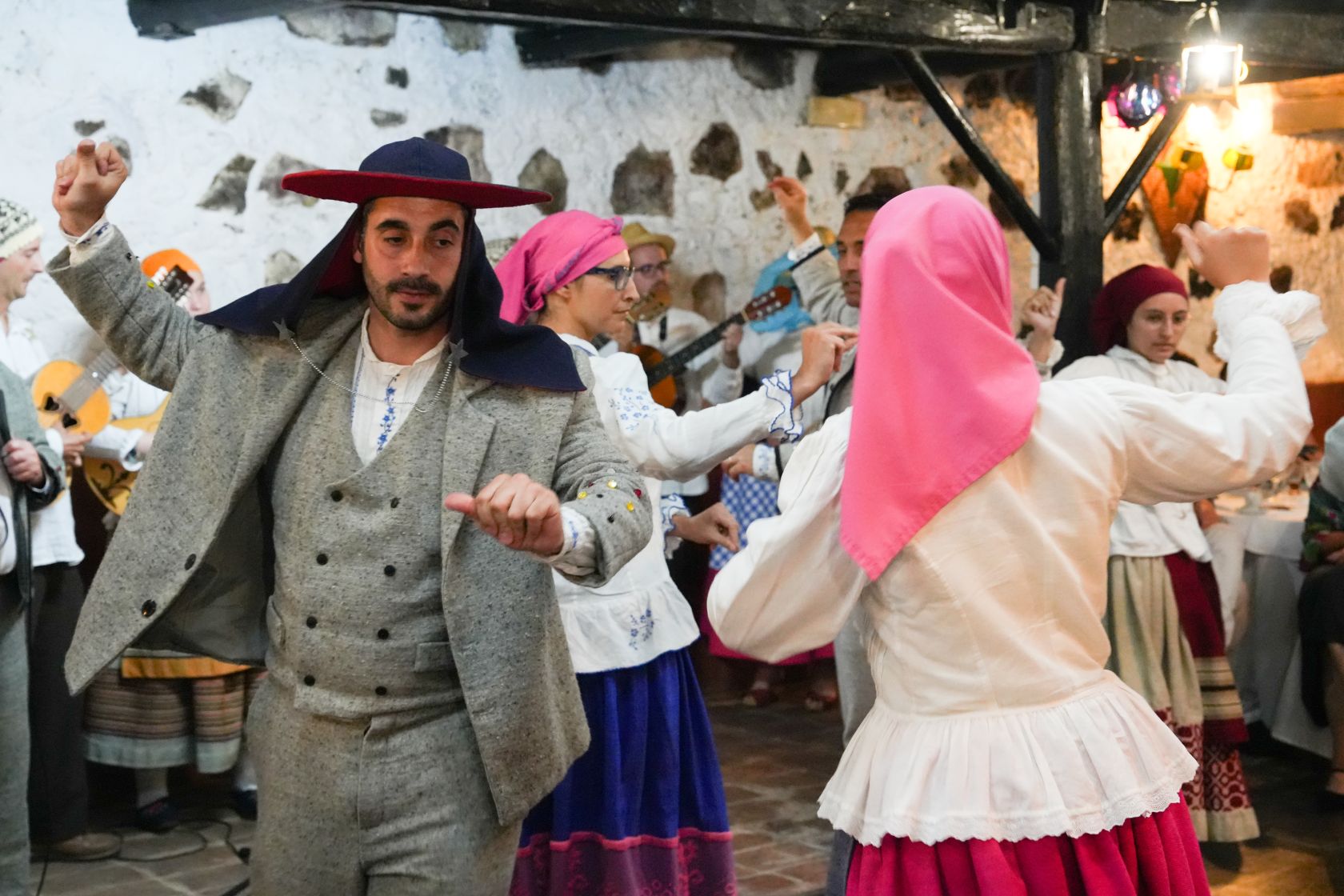
Cities as Platforms for People-to-People Engagement
What’s special about sister city programs is that they provide a pathway for communities to directly connect, often in ways that may be difficult to achieve at the national level. At their core, they enable communities to build lasting, human relationships that have the power to inspire citizens and facilitate problem-solving by side-stepping entrenched politics.
“Honoring our past and continuing to build for the future is where these types of sister city relationships matter the most. And as we start to see national divides, I think sister cities will be a beacon of hope of bringing people together. Even if we don't speak the same language, and we don't always see eye to eye, we can see heart to heart as people.”
- Kaua’i Mayor Derek Kawakami
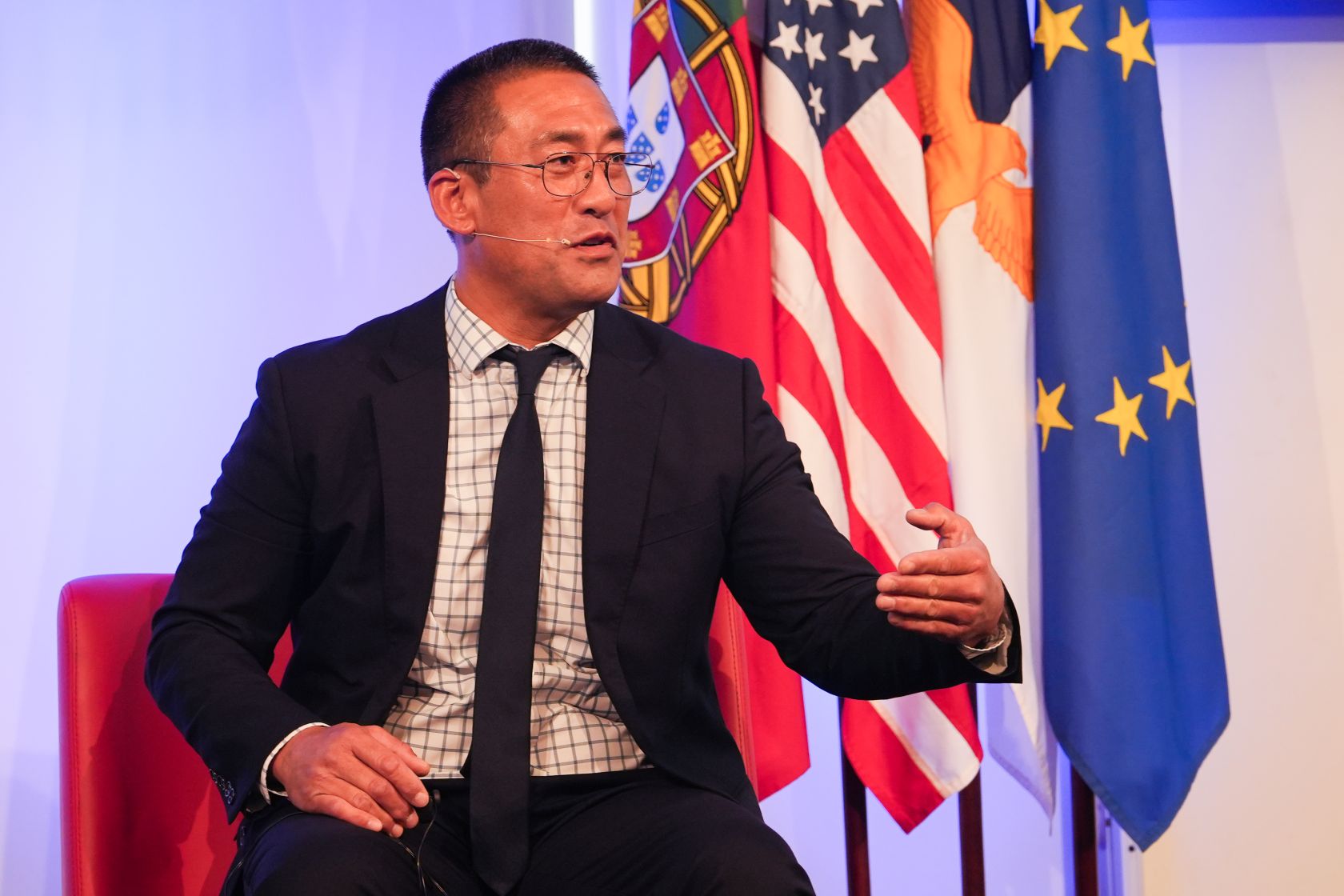
For the sister cities of Coimbra and Cambridge, historic cultural and institutional ties foster a unique relationship that resonates on both sides of the Atlantic. Coimbra is home to Portugal’s oldest university, and one of the oldest in the world (1290). Similarly, in New England, Cambridge is home to Harvard and MIT, two renowned institutions, with Harvard being America’s oldest university (1636). “Our city is a university city with fantastic heritage,” said Joana Gouveia Loureiro, Head of the Office of Institutional and International Relations for the Municipality of Coimbra. “Looking ahead, our major clusters are health, technology, space, tourism and so this is very important for us to connect with institutions and with cities that give so much to the world … we can do so many things together because the municipalities are connected.”
Her counterpart Marc McGovern, Vice Mayor of Cambridge, Massachusetts explained that, “Cambridge has a very large Portuguese population that has kind of dwindled over the years and so we are trying to reconnect and reinvigorate our relationship. We are really proud of our immigrant population especially our Portuguese population that helped literally build our city, build our buildings. They are one of the oldest immigrant populations in our city.”
“If we can build a stronger relationship, our countries can build a stronger relationship.”
- Marc McGovern, Vice Mayor, Cambridge, Massachusetts

Sustainability and Ocean Diplomacy
These strong institutional relationships are being leveraged to address global challenges like climate change, pollution and marine conservation. And in the Azores, home to 55% of Portugal’s Exclusive Economic Zones, there’s opportune space to collaborate. “We are in the right place to speak about how to develop our cooperation in oceanic affairs. … It’s here in the Azores that we have made the bet to centralize some of our most important institutions regarding the oceans and the blue economy,” shared Portuguese Ambassador to the U.S. Francisco Duarte Lopes during his remarks in Ponta Delgada. “If I look at the bilateral relations between Portugal and the U.S. we have been betting for a long time in science cooperation,” he continued. “Now, the cooperation between universities and research centers of both countries is broader, and it’s growing by the day.”
Bilateral programs such as MIT Portugal are facilitating research exchanges between both academic communities to deepen our understanding of our shared oceans. With the aim of achieving the UN and EU targets set for 2030, legally protecting 30% of the Azores Sea, with 15% fully protected and 15% highly protected, the new Azores Marine Park can position the region as a world leader in ocean conservation. Considering the richness in biodiversity, potential for the blue economy and a leading ecotourism industry, the Azores is an ideal zone for collaborative research and marine activism.
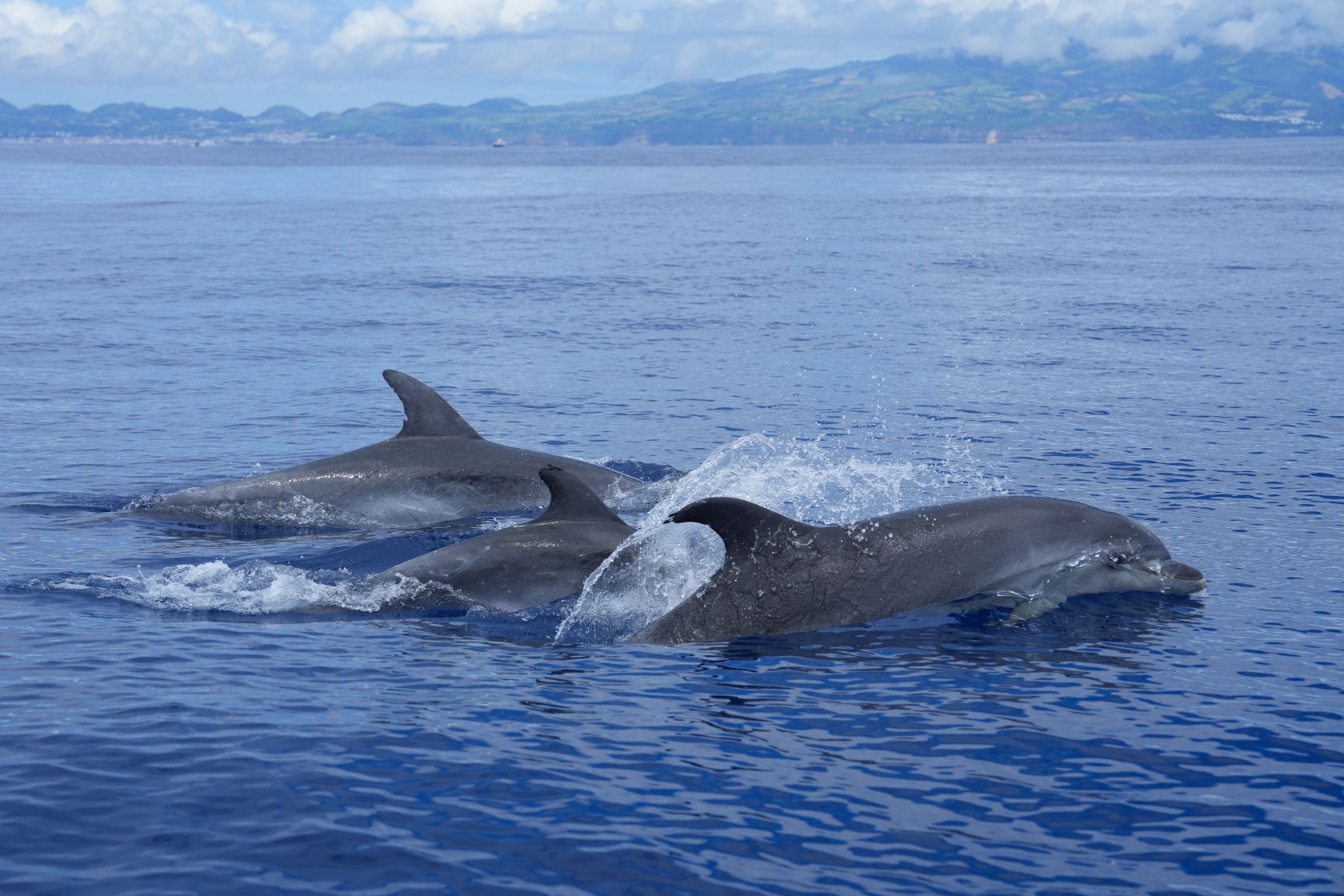
Continued Significance in Today’s Geopolitical Landscape
Despite the many changes in the geopolitical landscape over the past 230 years, most recently the rise of China and Russia’s invasion of Ukraine, the Azores continues to play a crucial role in transatlantic security. As two founding members of NATO, the United States and Portugal are connected by the mid-atlantic archipelago which continues to serve as a key strategic base for commercial, naval, air and space cooperation.
“A realistic approach shows this kind of alliance was not just a fact of the post-war, of the Soviet Union, of a bipolar world. No. NATO is not obsolete as a formula for peace,” shared Portugal’s President Marcelo Rebelo de Sousa during the final ceremony of the Sister Cities Summit. “That’s why here in Azores it’s easy to understand that. And we Portuguese for very long say there is a southern flank in NATO. Not just a northern or eastern flank. And there is a western flank … .”
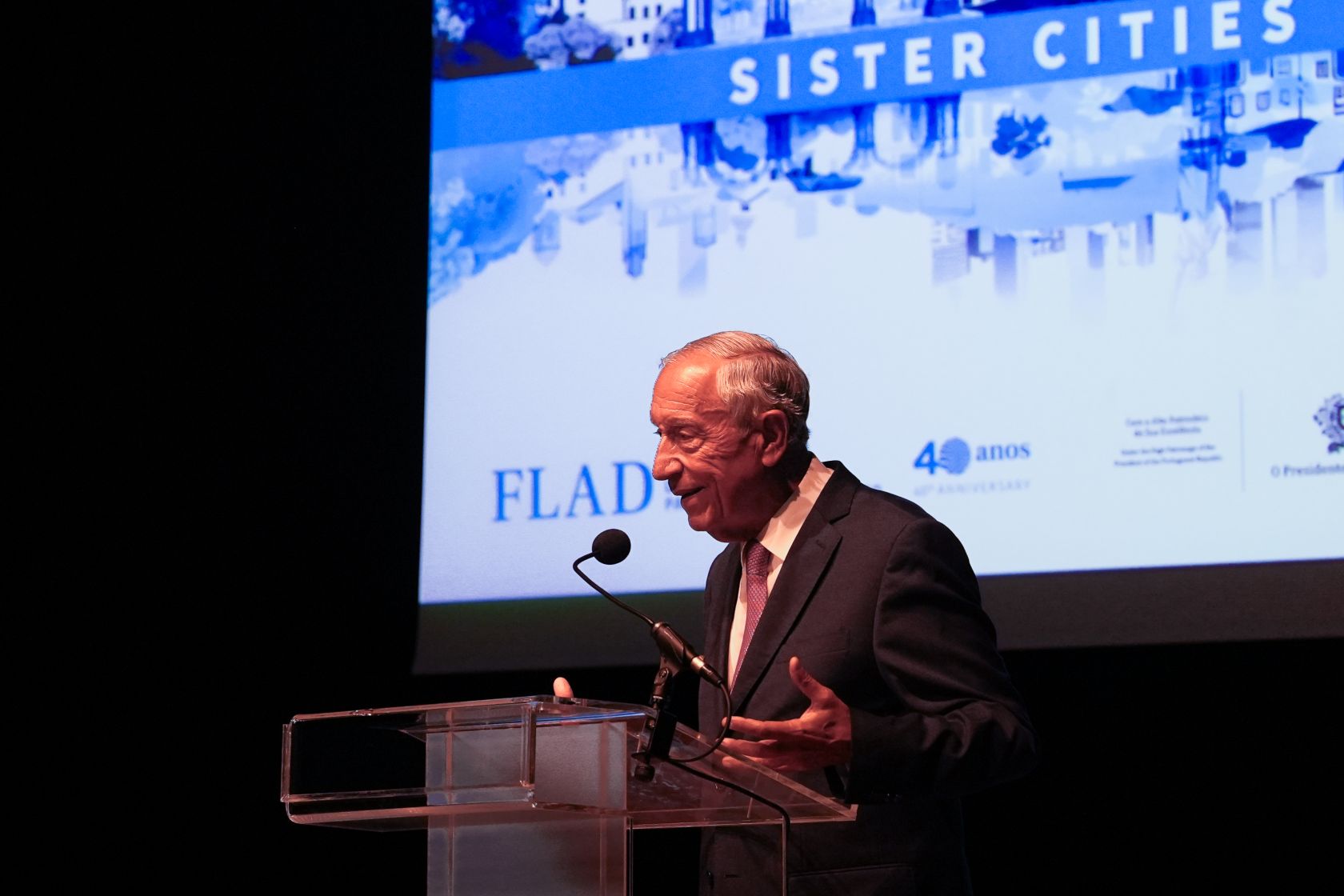
A Legacy of Friendship
With over two centuries of bilateral history, the ties between the U.S. and Portugal are deep-rooted and far-reaching, a fact evident in the vibrancy of its city-to-city relationships. While Portuguese immigration flows to the U.S. have slowed, the connections remain. And increasingly, more Americans are discovering Portuguese culture and destinations. The recent summit in Ponta Delgada serves as a reminder that these accords aren’t merely ink on paper, but representative of living bonds that continue to enrich the communities across our shared ocean.
Let us go on fighting for our friendship, forever, Portugal and the United States with Azores in between.
- Portuguese President Marcelo Rebelo de Sousa
Main image: During a Sister Cities Summit diplomatic panel hosted by FLAD in Ponta Delgada, Azores, Portuguese Ambassador to the U.S. Francisco Duarte Lopes (right) speaks with Chargé d’Affairs of the U.S. Mission to Portugal Douglas A. Koneff (left) and moderator Miguel Monjardino (center), Professor, Institute of Political Studies at Catholic University.









